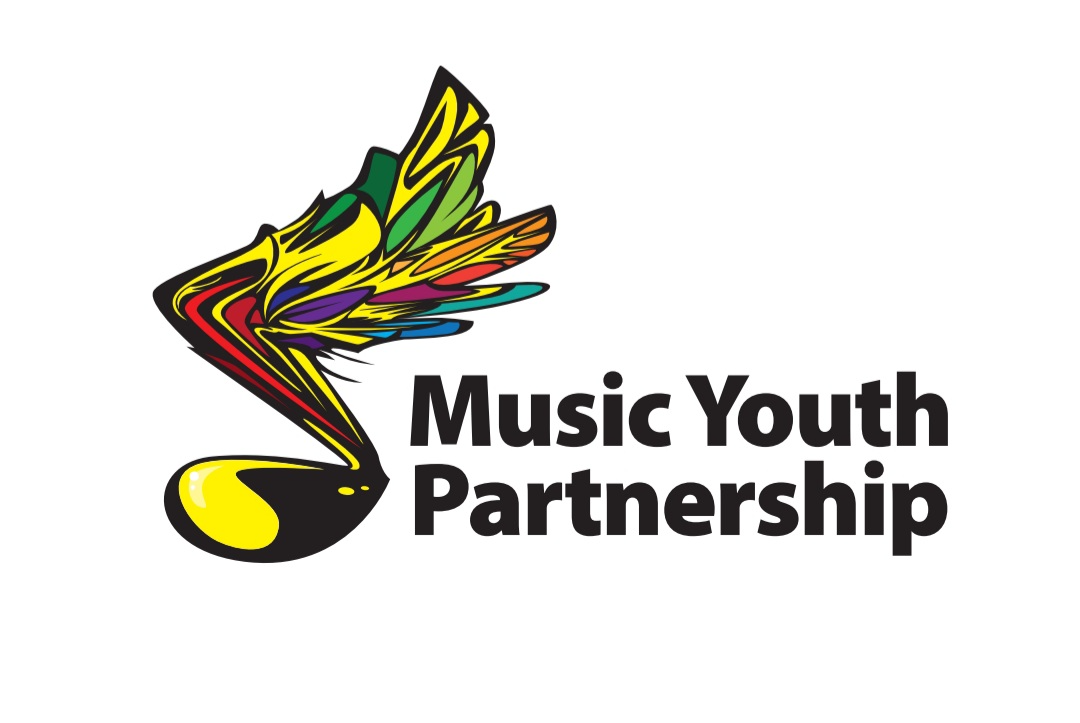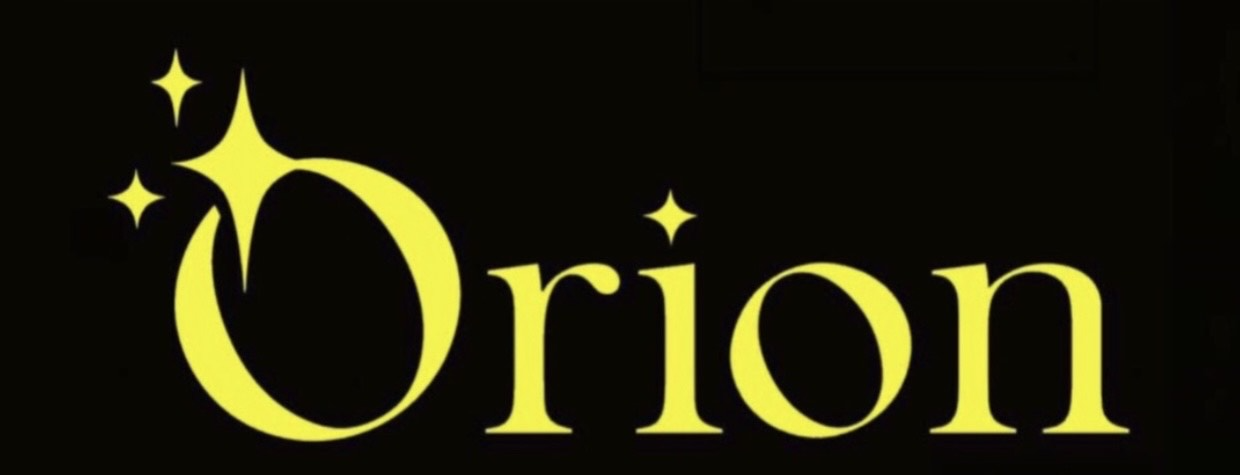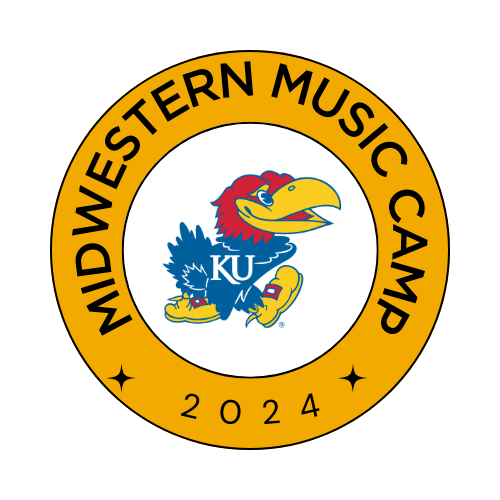
A number of years ago, the festival committee that I chair began the still ongoing process of writing new adjudication forms for high school festivals sponsored by KSHSAA. The impetus for this task was based on comments from directors whose groups attended out of state festivals that adjudicated using forms that gave them better information about their performances than the Kansas sheets did. The large group forms that were being used at the time were very general and were totally reliant on the skill of the adjudicator in writing helpful comments. Then, a rating would be assigned that sometimes seemed to be at odds with the comments that were written. The committee decided a tool was needed to give more meaningful information to the students and teachers, especially the more inexperienced teachers. Any new form should also keep the adjudicators on task by asking them to justify any rating with easily readable numbers representing the success or failure of the many facets of performance.
We collected just under twenty adjudication sheets from various states and festivals. The goal was to take the best ideas from these sheets and adapt that information into something that would improve the current forms. Our goal was to have a form that was simple, legible and still gave the adjudicator a chance to write about both specifics and overall impressions. We also thought that some facets of a performance are more important than others and the form should reward accordingly. Once the committee decided upon the multi-caption weighted rubric format that we now have, each member of the committee submitted a prototype. I still find it amazing how similar the prototypes were.
The large group forms have been adjusted twice since the original printing. The first time was three years after they were adopted by KMEA and KSHSAA, and once again this past spring. The first time some minor adjustments were made to the numbers within the rubric and some of the explanatory language was refined. This past spring we focused on the language being consistent within each form and across the different disciplines (band, orchestra, & choir). A few leagues “borrowed” the prototypes for use in small festivals. We were able to gather some “live” feedback before we designed the final product. All of the sheets were copied at two of the KSHSAA state large group festivals and sent to music researchers to study the reliability. The results were very positive and have been shared at various conferences.
The small ensemble/solo forms we have now are a result of teachers asking for the committee to redesign them as we had done the large group forms. We chose to keep the format similar to those forms since teachers, students and judges were now accustomed to the format. They too have been refined since being put into use to improve the language, legibility and amount of feedback that judges can give and students can receive. The most drastic change occurred this past spring to the percussion solo and ensemble forms. At some point in time I hope that the committee will take on the task of writing three different percussion forms to reflect the different instruments that are currently covered on one form.
Although not perfect, the KMEA board and KSHSAA feel that the current forms are a vast improvement over the prior forms. This development and refining process has occurred under the guidance of several KMEA presidents and three different KSHSAA assistant directors. Dozens of directors have served as members of the committee and contributed greatly to the development and subsequent adjustments to the adjudicator forms. I feel that the forms have been successful because of the input of so many different directors from all three disciplines and all sizes of schools from across the state. I am sure that they will be improved once again in the near future.
An incidental side effect from developing these forms is the teaching opportunity they provide for students. Students can use these forms (downloadable from the KSHSAA website) in assessing recordings of their own performance. They will have to listen more critically than they might be in the habit of doing in order to assign appropriate numbers in the various captions. Students can keep them in their folder to use during class. Just by having them on their stands, they can be reminded of the various components of their own performance. I know of teachers who will have the students adjudicate a group or two at festival and compare their score to the announced rating.
This process has been and continues to be one that is having a positive effect on music education in our state. A quick glance provides input on our strengths and weaknesses. We are reminded that a superb musical performance is much more than merely playing the right notes at the right time. I don’t believe that at any time did the committee think that these are perfect sheets. They will continue to be studied and refined. KMEA and KSHSAA are very serious about using the best tools available to assist our students in reaching the highest achievement level possible. We are at least on track in this never ending pursuit.























